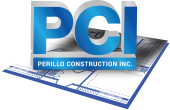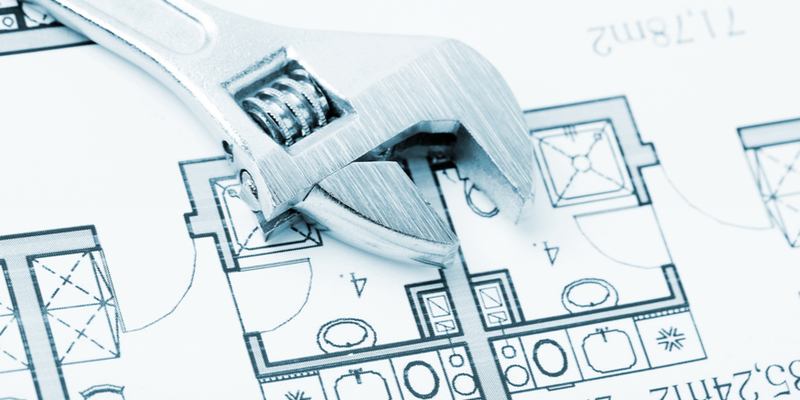During your lease negotiation, one crucial aspect is the financing of tenant improvements by the new landlord. Tenant improvements are typically offered in one of two ways: Tenant Improvement Allowance or Turnkey Buildout. When you are in the midst of lease negotiation, how do you know which one works best for you and your business. Let’s take some time to define the two and then compare the pros and cons of the Tenant Improvement Allowance so you can make the best decision and reach your goal of success.
The Tenant Improvement Allowance
With the Tenant Improvement Allowance in your lease, you as the tenant, negotiate a cash allowance that will be utilized for any need construction costs to get the space in operational order for your business. You are then responsible for all costs exceeding the agreed upon allowance. In negotiating your tenant improvement allowance, you should see that you will retain any cost savings from the negotiated allowance. Your tenant improvement allowance can be managed by the landlord or by you, the tenant. Given your financial responsibility as the tenant, it would be wise to manage the construction.
The Turnkey Buildout
In the Turnkey Buildout approach, the landlord is responsible for the cost as well as all the construction costs and its management. The landlord is responsible for any cost overrun as well as the management of the construction project.
Tenant Improvement Allowance
The Positives With the tenant improvement approach, you, as the tenant, retain complete control over the construction and the budget, which means you control the quality of the work as well as the materials used. If you have specialized needs, you can assure those needs are met in the proper manner. As mentioned above, if you have negotiated your lease appropriately, you retain any cost savings. Should you have multiple locations, you may be able to leverage pricing agreements across the board.
Tenant Improvement Allowance – The Negatives
As the tenant, you are solely responsible for any costs above the negotiated amount. You also bear the responsibility of managing government agencies and contractors. Depending on the size of your business, your negotiating and buying power may be less than the landlords. Your landlord will likely still require approval of your vendors from contractors to architects to engineers. (This can be avoided by getting vendor approvals in the lease prior to construction.) As the tenant, you may also find yourself liable for the costs of base building deficiencies. And finally, if you negotiated a fixed lease date, unforeseen delays may mean your lease payments begin before your space is completed. Some of the pitfalls of a tenant improvement allowance agreement can be avoided, if you as the tenant, hire a tenant representative broker, qualified project managers and architects beforehand. They can perform due diligence for you and identify issues which need to be addressed in lease negotiation. The truth is your lease negotiation and tenant improvements are both large, crucial projects for you and your business. Every tenant improvement project has a number of variables from design and material costs as well as the cost of relocating your business. In order for you to stay on budget, your project must be well planned to accomplish your goals. At Perillo Construction, our goal is to work with you and your landlord to insure the highest quality materials and workmanship will remaining on budget and completing your project on time.

